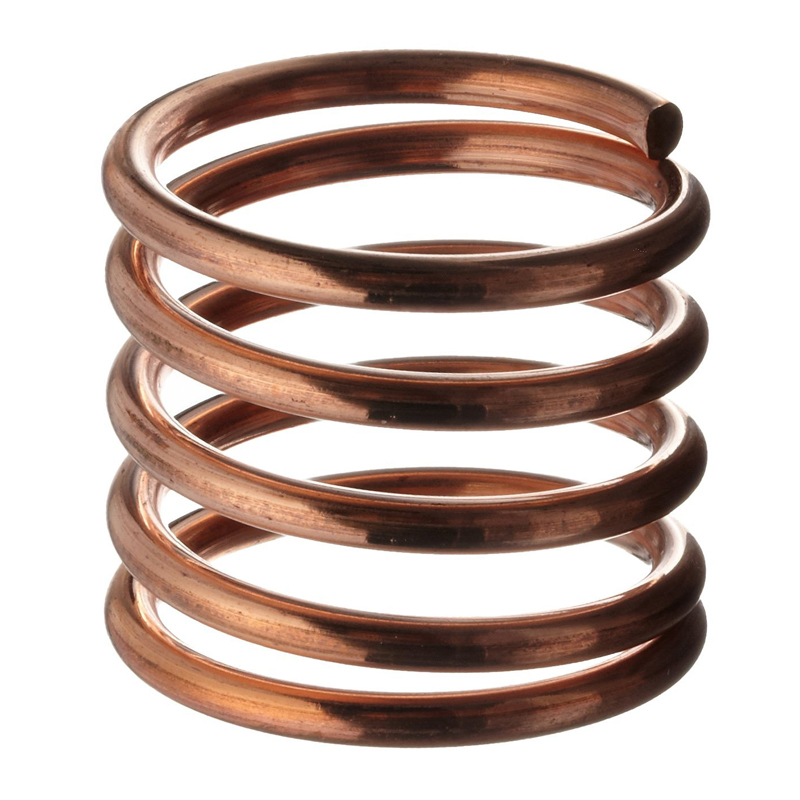
- Mobile Phone
- +8613931874955
- sales@cntcmetal.com
spiral torsion spring
Understanding Spiral Torsion Springs Mechanics and Applications
Spiral torsion springs are unique mechanical devices that are widely used in various applications due to their ability to store and release energy efficiently. These springs are characterized by their helical design, where a wire is coiled around a central axis, allowing it to exert a torque when twisted. This specific configuration makes them particularly effective in applications requiring rotational movement.
One of the primary advantages of spiral torsion springs is their compact size and high energy density, which enables them to fit into tight spaces while delivering substantial force. This feature is especially appealing in industries such as automotive, aerospace, and electronics, where designers are often constrained by space limitations. For instance, spiral torsion springs are commonly found in mechanisms like clockworks, toys, and various precision instruments where controlled movement is crucial.
The mechanics of a spiral torsion spring are relatively straightforward. When the spring is twisted, it accumulates potential energy which can be released to perform work. The amount of torque produced by the spring depends on its dimensions, the material from which it's made, and the amount of twist applied. Engineers often calculate these parameters to ensure that the spring will perform reliably under varying loads and conditions.
spiral torsion spring

Material selection plays a vital role in the performance of spiral torsion springs. Typically, they are made from high-carbon steel or stainless steel, which provide the necessary strength and elasticity. Coating the springs with materials such as zinc or black oxide can enhance their resistance to corrosion, extending their lifespan, especially in demanding environments.
Spiral torsion springs are not only efficient but also versatile. They find applications in automotive door hinges, where they ensure that doors remain open or closed as needed. In consumer electronics, they are used in devices such as remote controls to return buttons to their default positions after being pressed. Additionally, their role in various industrial machines cannot be understated; they assist in controlling tension and maintaining equilibrium in moving parts.
In conclusion, spiral torsion springs represent a critical innovation in mechanical design. Their ability to store and release energy effectively makes them indispensable in a myriad of applications, from everyday consumer products to complex machinery. As technology advances, the design and application of these springs will likely continue to evolve, offering even greater efficiency and functionality in the future.
share:
-
Yard Sign Stakes: Reliable Guardians of Outdoor SignsNewsAug.04,2025
-
Wall Ties: Invisible Guardians of Building StabilityNewsAug.04,2025
-
Resilient Web: The Super Guardian Power of Concrete MeshNewsAug.04,2025
-
Masonry Accessories: A versatile assistant on building foundationsNewsAug.04,2025
-
Iron Binding Wire: the 'invisible reinforcement specialist' in the fields of architecture and industryNewsAug.04,2025
-
Dynamic Spring: The diverse functions and excellent performance of Wire Tension SpringNewsAug.04,2025
-
Your Source for Concrete Wall Ties and Masonry AccessoriesNewsJul.10,2025



















